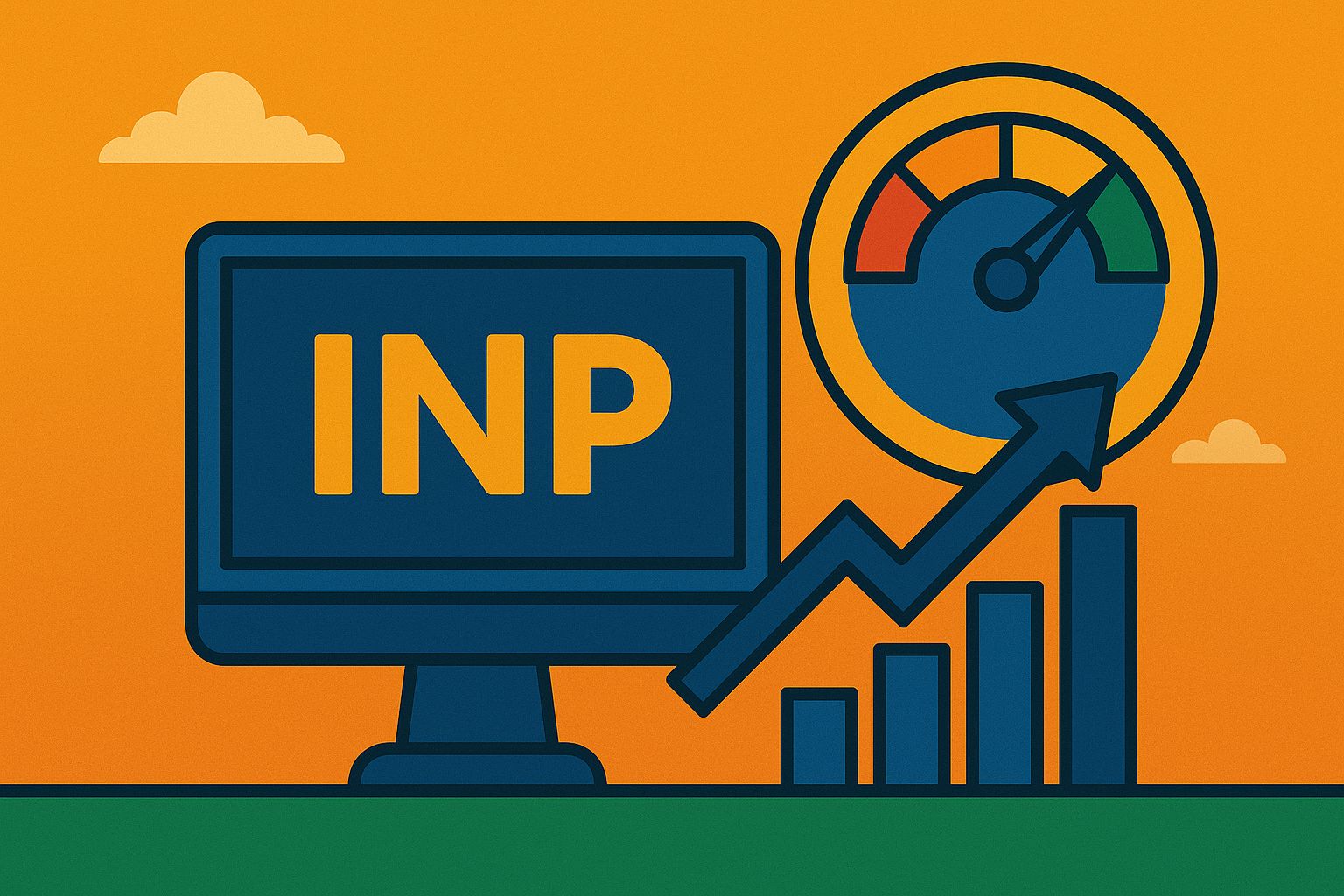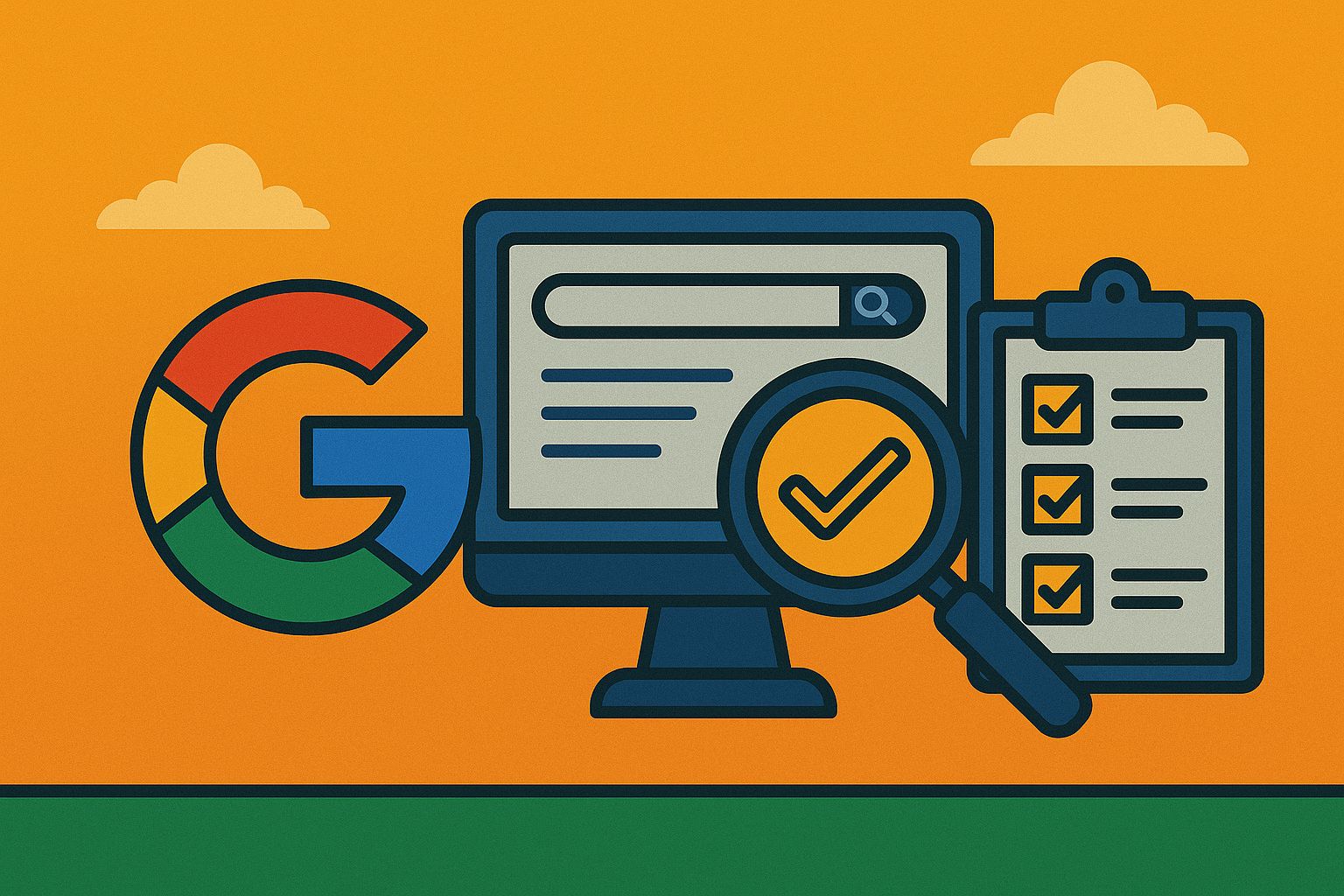Welcome to the bustling marketplace of the internet, where e-commerce reigns supreme. Picture this: you’re setting up a stall at the world’s largest, never-ending fair, with millions of visitors passing by each day. Sounds exciting, right? But here’s the catch—everyone else is setting up their stalls too, vying for the same attention. So, how do you make sure your stall not only stands out but keeps the crowd coming back for more? The secret lies in high-performance e-commerce development. High-performance e-commerce development isn’t just about putting up a website and hoping for the best. It’s about creating a seamless, fast, and secure shopping experience that turns casual browsers into loyal customers. Think of it as building a digital store that’s as efficient and inviting as your favourite high street shop, but with the convenience of shopping from your sofa. In this guide, we’re going to saddle up and ride through the essential strategies for developing a high-performing e-commerce site. Whether you’re a seasoned developer or a business owner looking to improve your online store, these tips will help you create a robust, user-friendly, and successful e-commerce platform.
What Exactly is Ecommerce Development?
Before we gallop too far ahead, let’s rein it in a bit. E-commerce development is the process of building and maintaining online stores where goods or services are bought and sold. It’s more than just throwing up a website and hoping for the best. It’s about creating a seamless, user-friendly experience that makes shopping online as easy as pie.
Why High Performance Matters
Ever been on a website that loads slower than a snail stuck in molasses? Frustrating, right? Speed is just one aspect of performance. High-performance e-commerce development means ensuring your site is fast, secure, and reliable. It’s like having a well-oiled machine versus a rusty old clunker. Guess which one customers prefer?
1. Speed is King
First off, let’s talk speed. In the world of e-commerce, speed isn’t just important—it’s everything. According to some really smart folks at Google, if your site takes longer than three seconds to load, more than half of your visitors will bounce faster than a rubber ball in a concrete room.
How to Keep Your Site Fast:
- Optimise Images: Huge images are like boulders dragging down your site speed. Compress them without losing quality.
- Use a Content Delivery Network (CDN): Think of a CDN as a relay team for your content, delivering it from servers closer to your users.
- Minimise HTTP Requests: Each file on your site requires a trip to the server. Fewer files mean faster load times.
2. Mobile Optimisation
If your e-commerce site isn’t mobile-friendly, you might as well be peddling goods from a horse-drawn cart. With more people shopping on their phones than ever before, ensuring your site looks and works great on mobile is crucial.
Tips for Mobile Optimisation:
- Responsive Design: Your site should adapt to any screen size, from tiny phones to massive desktop monitors.
- Simplified Navigation: Keep it clean and straightforward. Nobody likes clicking through a labyrinth to find what they need.
- Fast Loading Times: Mobile users are even less patient. Make sure your site loads quickly on all devices.
3. Secure the Fort
Security in e-commerce is no laughing matter. Customers need to know their personal and payment information is safe with you. A breach of trust can be disastrous.
Ways to Enhance Security:
- SSL Certificates: Encrypt data to keep it safe from prying eyes. Plus, Google loves secure sites.
- Regular Security Audits: Think of it as a health check-up for your website. Regularly scan for vulnerabilities and fix them.
- Secure Payment Gateways: Use reputable payment processors that offer robust security features.
4. User Experience (UX) Design
User Experience is the heart and soul of e-commerce development. It’s like setting up a shop where everything is easy to find, the checkout is painless, and customers leave with a smile.
Enhancing UX:
- Intuitive Navigation: Make it easy for users to find what they’re looking for. Use clear categories and a solid search function.
- High-Quality Images and Descriptions: Give users a good look at what they’re buying. Detailed descriptions and multiple images can help.
- Simple Checkout Process: A complicated checkout is a surefire way to lose a sale. Keep it straightforward and offer multiple payment options.
5. Robust Platform Choice
Choosing the right platform is like picking the right horse for a race. You want one that’s fast, reliable, and suits your needs.
Popular E-commerce Platforms:
- Shopify: Great for beginners with its ease of use and scalability.
- WooCommerce: Perfect for WordPress users looking for flexibility.
- Magento: Offers robust features for larger businesses but requires more technical know-how.
6. Search Engine Optimisation (SEO)
SEO might seem like a buzzword, but it’s crucial for getting your site noticed. Think of it as planting your flag on the highest hill, shouting, “Hey, look at me!”
SEO Strategies:
- Keyword Research: Find out what your potential customers are searching for and incorporate those terms into your site.
- Quality Content: Regularly update your site with valuable content. Blogs, how-to guides, and product reviews can attract visitors.
- Technical SEO: Ensure your site’s structure is search-engine friendly. Use clean URLs, proper meta tags, and an XML sitemap.
7. Social Proof and Reviews
In the digital age, word of mouth has transformed into social proof. Positive reviews and testimonials can significantly influence purchasing decisions.
Building Social Proof:
- Encourage Reviews: Ask satisfied customers to leave reviews. Make it easy for them with direct links.
- Showcase Testimonials: Highlight positive feedback on your homepage and product pages.
- Leverage Social Media: Share customer success stories on your social media platforms.
8. Personalisation
Today’s consumers crave personalisation. They want to feel like you understand their needs and preferences.
Personalisation Techniques:
- Tailored Recommendations: Use data to suggest products based on past purchases.
- Personalised Emails: Send targeted emails with relevant offers and content.
- Customised Shopping Experiences: Offer features like wish lists and saved carts.
9. Inventory Management
Effective inventory management ensures you have the right products available at the right time. It’s like keeping your shelves stocked and ready for eager customers.
Tips for Inventory Management:
- Automated Systems: Use software to track inventory levels and alert you when stock is low.
- Forecasting: Analyse trends to predict future demand and adjust inventory accordingly.
- Real-Time Updates: Ensure your online inventory reflects actual stock levels to avoid disappointing customers.
10. Customer Support
Excellent customer support can set you apart from the competition. It’s like having a friendly shop assistant ready to help with any queries or issues.
Providing Stellar Support:
- Live Chat: Offer real-time assistance to customers browsing your site.
- Comprehensive FAQs: Create a detailed FAQ section to address common questions.
- Responsive Service: Ensure customer queries are answered promptly via email, phone, or social media.
11. Data Analytics
Data is the new oil, and in e-commerce, it’s a goldmine of insights. By analysing customer behaviour, you can make informed decisions to improve your site and boost sales.
Utilising Data Analytics:
- Track User Behaviour: Use tools like Google Analytics to see how visitors interact with your site.
- Analyse Sales Data: Identify trends and best-selling products to focus your marketing efforts.
- Customer Feedback: Regularly gather and analyse feedback to identify areas for improvement.
12. Marketing and Promotion
Even the best e-commerce site needs a bit of fanfare to attract visitors. Effective marketing can drive traffic and convert visitors into loyal customers.
Marketing Strategies:
- Email Marketing: Send newsletters and promotional emails to keep customers engaged.
- Social Media Advertising: Use targeted ads on platforms like Facebook and Instagram.
- Influencer Partnerships: Collaborate with influencers to reach a wider audience.
13. Scalability
As your business grows, your e-commerce platform should grow with you. Scalability ensures your site can handle increased traffic and transactions without a hitch.
Ensuring Scalability:
- Flexible Hosting Solutions: Choose a hosting provider that offers scalability options.
- Modular Platform: Opt for a platform that allows you to add features as needed.
- Performance Monitoring: Regularly monitor your site’s performance and make necessary adjustments.
14. Legal Compliance
Navigating the legal landscape of e-commerce can be tricky. Ensuring your site complies with all relevant laws is essential to avoid fines and legal issues.
Legal Considerations:
- Data Protection: Comply with regulations like GDPR to protect customer data.
- Terms and Conditions: Clearly outline your policies on returns, refunds, and privacy.
- Tax Compliance: Ensure you’re correctly handling sales tax and other financial regulations.
15. Continuous Improvement
Finally, the journey of e-commerce development doesn’t end with the launch. Continuous improvement is the name of the game.
Staying Ahead of the Curve:
- Regular Updates: Keep your site updated with the latest features and security patches.
- Customer Feedback: Continuously gather and act on customer feedback.
- Market Trends: Stay informed about industry trends and adapt your strategies accordingly.
Conclusion
In the bustling marketplace of the internet, high-performance e-commerce development is your trusty steed, guiding you to success. By focusing on speed, security, user experience, and continuous improvement, you can build a site that not only attracts visitors but keeps them coming back for more. Remember, it’s not just about getting your store online; it’s about creating an experience that delights your customers and makes them loyal fans.




